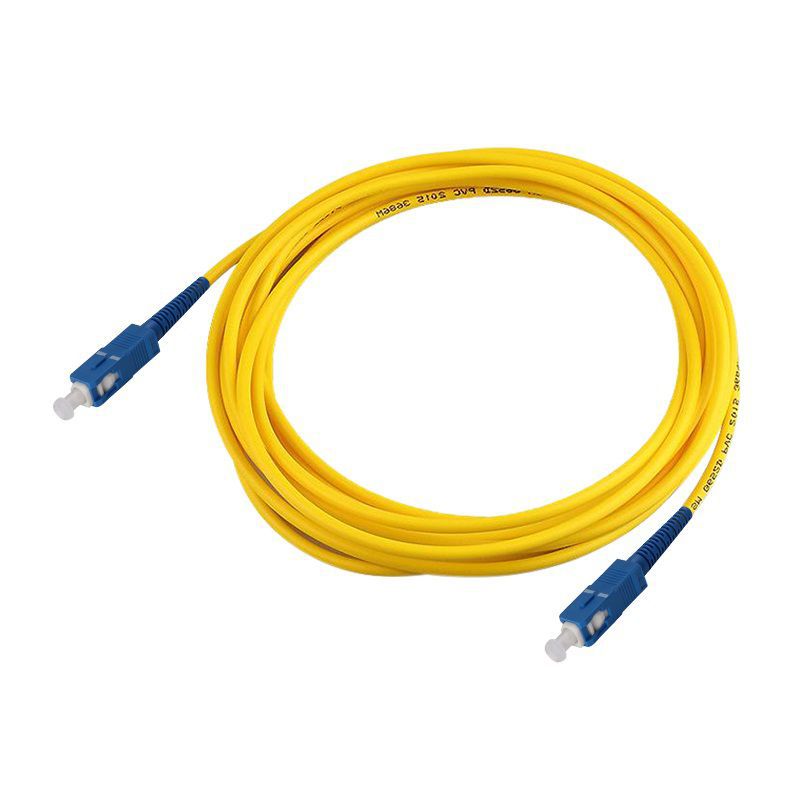Do You Really Know Fiber Optic Wall Outlet?
In the enlightening post “Do You Really Know Fiber Optic Wall Outlet?”, the technology behind fiber optic wall outlets is demystified, revealing their pivotal features and benefits. These outlets are integral to modern high-speed internet infrastructure, ensuring seamless and ultra-fast data transmission by connecting fiber optic cables directly to users’ devices.
Key advantages include lightning-fast internet speeds, enhanced reliability, and superior bandwidth capabilities compared to traditional copper outlets. The post underscores their distinctive qualities, such as minimal signal loss, resistance to electromagnetic interference, and future-proof scalability, making them indispensable in both residential and commercial settings. This engaging overview highlights why fiber optic wall outlets are a cornerstone of cutting-edge connectivity solutions.

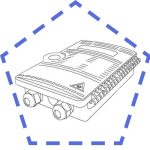 Fiber Optic Termination Boxes
Fiber Optic Termination Boxes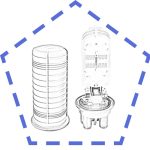 Fiber Optic Splice Enclosures
Fiber Optic Splice Enclosures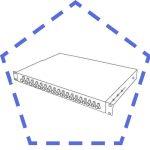 Fiber Patch Panels
Fiber Patch Panels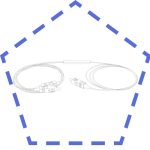 PLC Splitters
PLC Splitters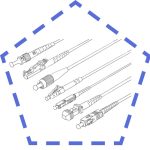 Fiber Optic Pigtails
Fiber Optic Pigtails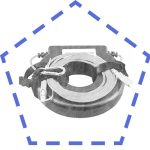 OTDR Launch Cables
OTDR Launch Cables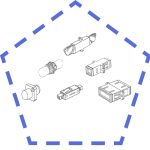 Fiber Optic Adapters
Fiber Optic Adapters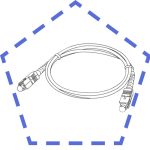 Fiber Optic Patch Cords
Fiber Optic Patch Cords